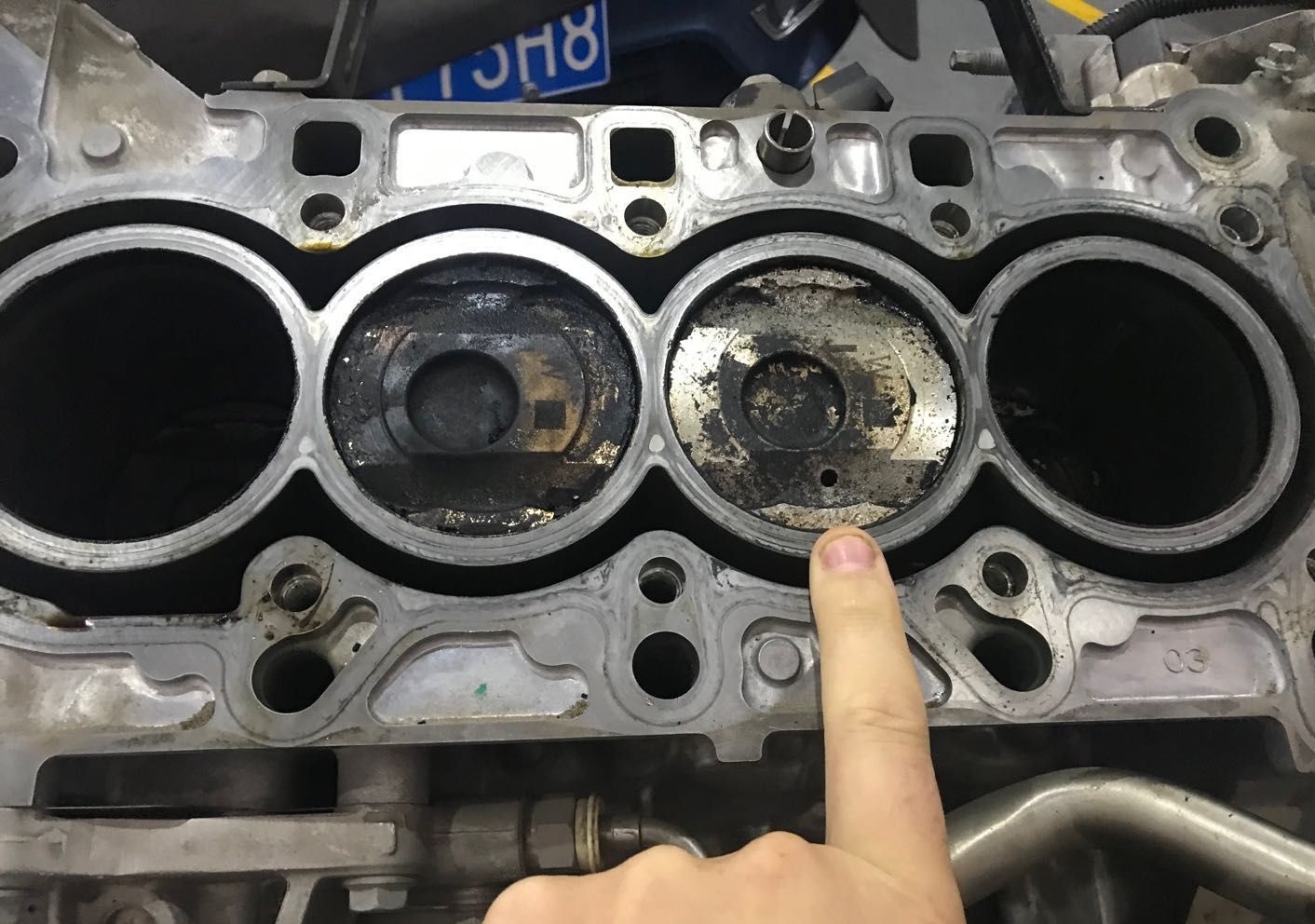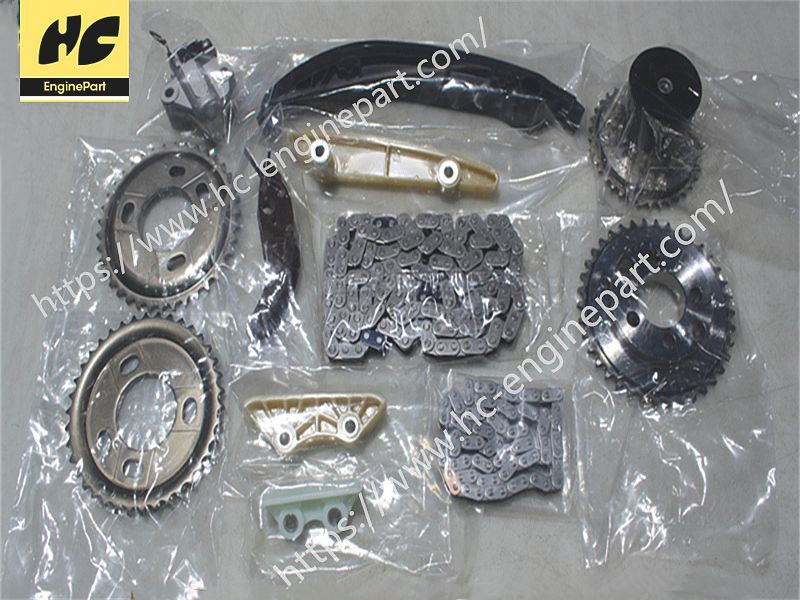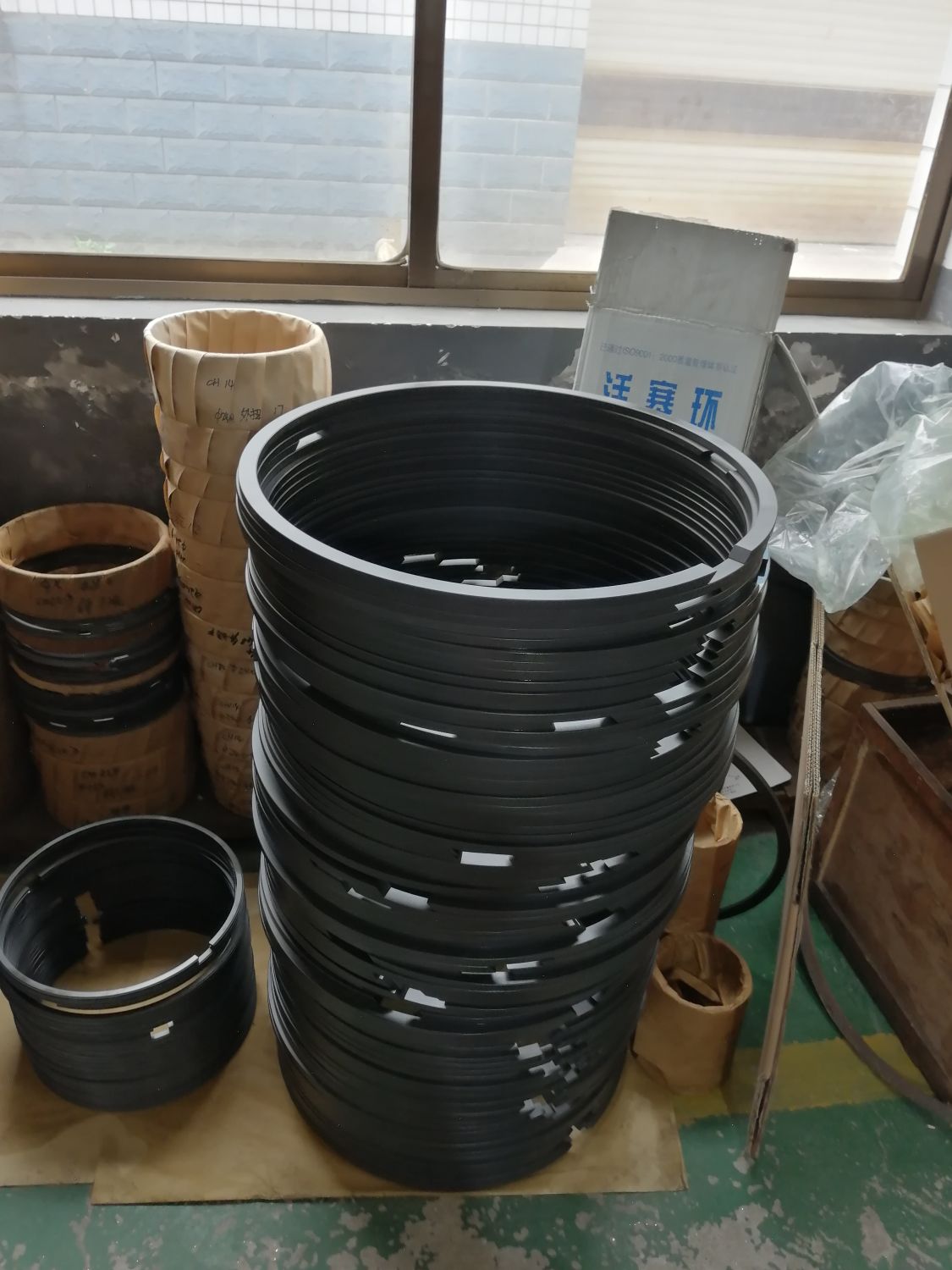Complete Collection of Quenching Methods
2023-05-08
There are ten commonly used quenching methods in heat treatment processes, namely single medium (water, oil, air) quenching; Double medium quenching; Graded quenching of martensite; Graded quenching of martensite below Ms point; Bainite isothermal quenching method; Composite quenching method; Pre cooling isothermal quenching method; Delayed cooling quenching method; Quenching and self tempering method; Spray quenching method, etc.
1、 Single medium (water, oil, air) quenching
Single medium (water, oil, air) quenching: Quenching workpieces that have been heated to quenching temperature into a quenching medium to completely cool them. This is the simplest quenching method, commonly used for carbon steel and alloy steel workpieces with simple shapes. The quenching medium shall be selected according to the heat transfer coefficient, hardenability, size, shape, etc. of the part.
3、 Step quenching of martensite Step quenching of martensite: the steel is austenitized, and then immersed into the liquid medium (salt bath or alkali bath) with a temperature slightly higher or lower than the upper martensite point of the steel, and kept for an appropriate time. When the inner and outer layers of the steel parts reach the medium temperature, they are taken out for air cooling, and the undercooled austenite is slowly transformed into martensite. Generally used for small workpieces with complex shapes and strict deformation requirements, this method is also commonly used for quenching high-speed steel and high alloy steel molds. 4、 Graded quenching of martensite below Ms point is graded quenching of martensite below Ms point: when the bath temperature is lower than Ms of the steel used for the workpiece but higher than Mf, the workpiece cools faster in the bath, and the same results can still be obtained when the size is larger. Commonly used for large-sized low hardenability steel workpieces. 5、 Bainite isothermal quenching method Bainite isothermal quenching method: quench the workpiece into a bath at the lower bainite temperature of the steel to isothermal, so that it can undergo lower bainite transformation, and generally keep it in the bath for 30~60min. The bainite isothermal quenching process has three main steps: ① austenitizing; ② Cooling treatment after austenitization; ③ Bainite isothermal treatment; Commonly used in alloy steel, high carbon steel small size parts, and ductile iron castings. 6、 Composite quenching method
Compound quenching method: the workpiece is quenched to below Ms to obtain martensite with volume fraction of 10%~30%, and then isothermal in the lower bainite zone to obtain martensite and bainite structures for workpieces with large cross sections, which are commonly used for alloy tool steel workpieces. 7、 Precooling Isothermal Quenching Method Precooling Isothermal Quenching Method: Also known as Temperature Rise Isothermal Quenching, parts are first cooled in a lower temperature (greater than Ms) bath, and then transferred to a higher temperature bath to undergo isothermal transformation of austenite. Suitable for steel parts with poor hardenability or workpieces with larger dimensions that require isothermal quenching.
8、 Delayed cooling quenching method
Delayed cooling quenching method: The parts are pre cooled to a temperature slightly higher than Ar3 or Ar1 in air, hot water, or salt bath, and then subjected to single medium quenching. Commonly used for parts with complex shapes, varying thickness in various parts, and requiring minimal deformation.
9、 Quenching self tempering method: Heat all the processed workpieces, but during quenching, only the parts that need to be hardened (usually the working parts) are immersed in quenching solution for cooling. Wait until the non immersed parts disappear, and immediately remove them for cooling in the air. The quenching and self tempering method utilizes the heat that is not completely cooled through the core to transfer to the surface, causing the surface to be tempered. Tools commonly used to withstand impact, such as chisels, punches, hammers, etc. 10、 Spray quenching method: A quenching method in which water is sprayed onto the workpiece, and the water flow can be large or small, depending on the required quenching depth. The spray quenching method does not form a vapor film on the surface of the workpiece, which ensures that a deeper hardening layer is obtained than quenching in Xitong water. Mainly used for local surface quenching.
.png)


